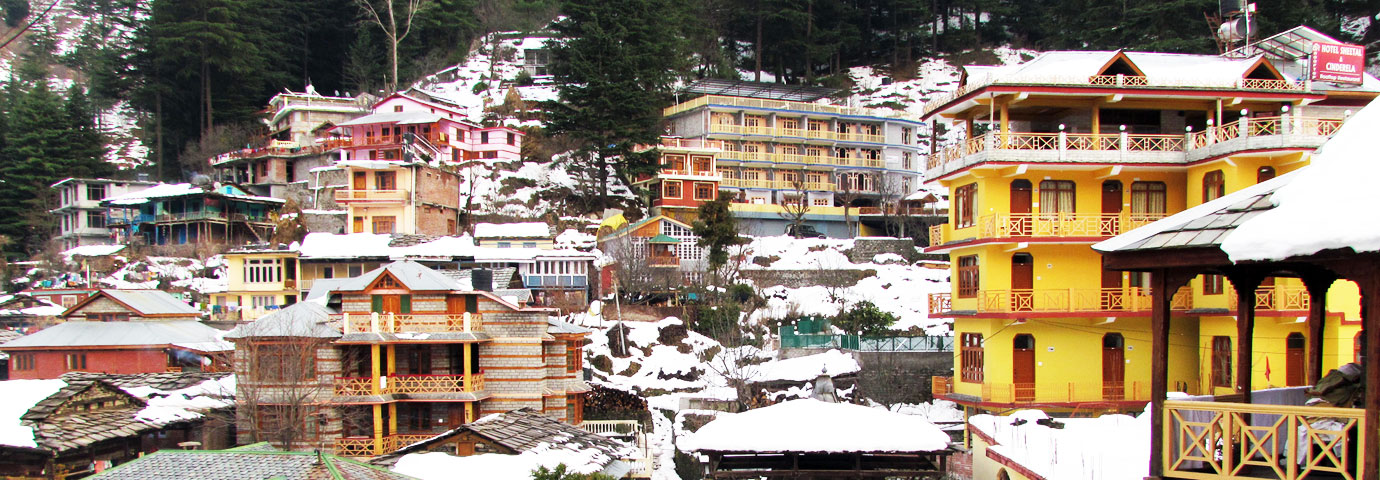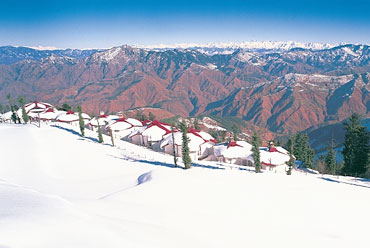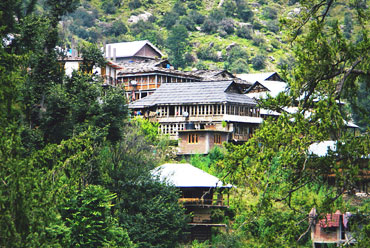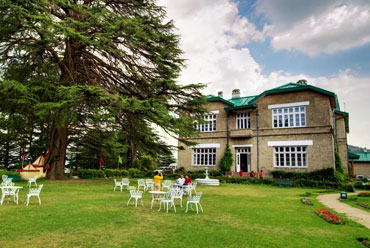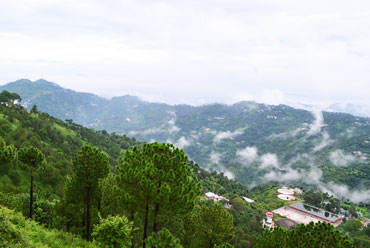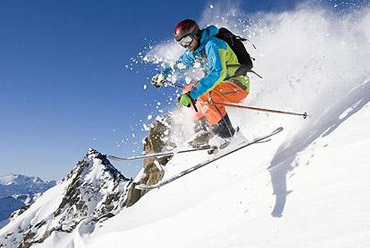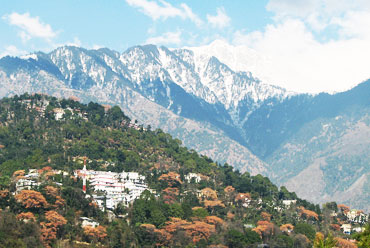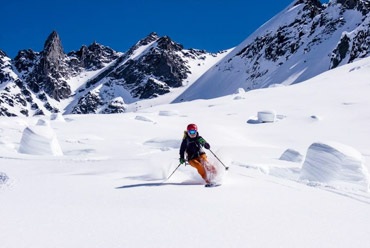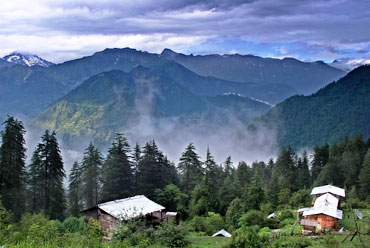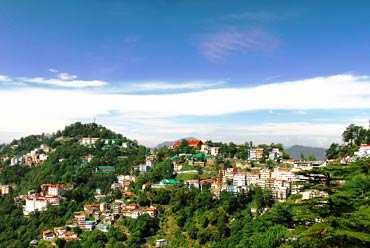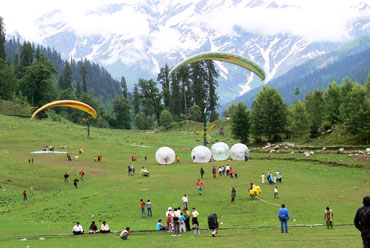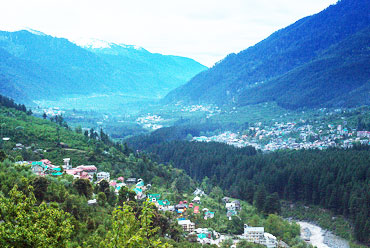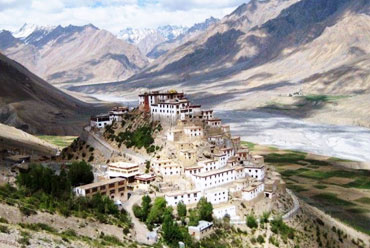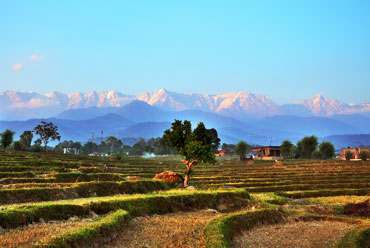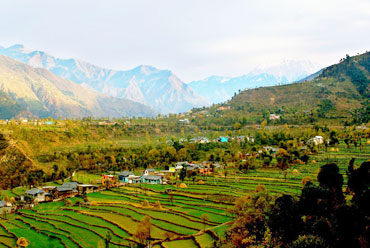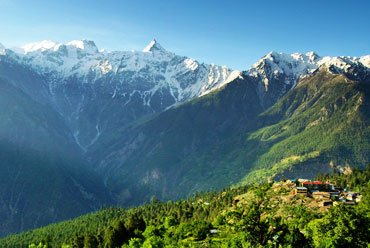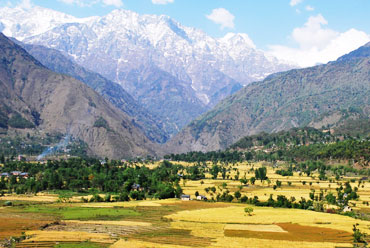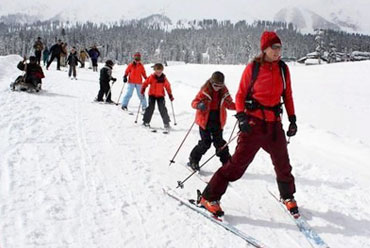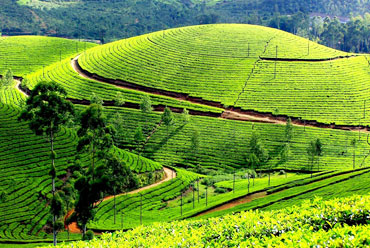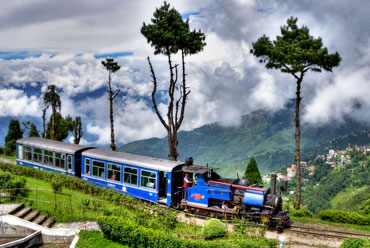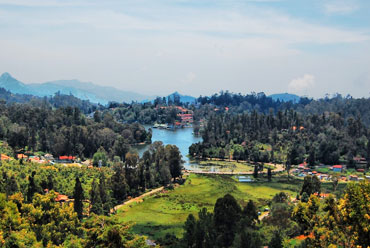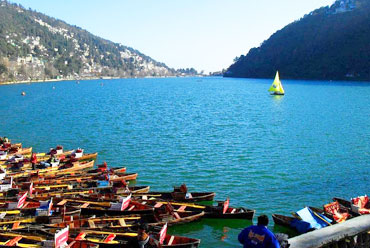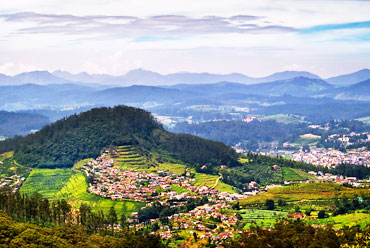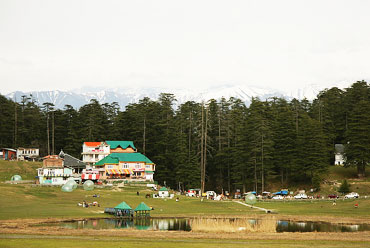Naggar undoubtedly has mystic appeal and spirituality endowed in its stately deodars, deified mountains, razor-thin waterfalls and the divine snow covered environs. Glaciers surround the upper Beas region from three sides, the highest peaks being 21,760 ft and 23,050 ft. The Chanderkhani pass at 12,200 ft. leading to the Malana valley is close by and here, in summer, the vegetation grows up to a height of 10,000 ft.
The town is spread out like a leaf of the pipal tree unfolded on the slope of Han peak, 13,500-14,500 ft. Since Naggar was the capital of Kullu for about 1460 years, it is imperative that it displays a king's lineage too. So, we have the story of Raja Sidh Singh who built the Naggar Castle, about 504 years ago.
Tourists Attractions
Naggar Castle, now converted into a hotel since 1978 is an imposing structure. It was built by using a local stone, the layers of which are punctuated by long pieces of cut wood. It rises, to be topped by a grey slate roof. Wooden brackets and carved windows are being restored to capture the originality of the castle.The style of construction ensured a lot of resilience in the structure, and it successfully withstood the mighty and disastrous earthquake of 1905. The tale recounted by villagers of its construction is interesting. It is said that the stone for building the edifice was to be brought from the other side of river Naggar. So right up to Baragarh fort, a human chain of laborers stood, passing the stones from hand to hand. The stones, picked up from the ruins of Gardhak, a fortified palace of Rana Bhosal, gave the king his castle. The site commands a stupendous view of the valley and the snow-laden peaks.
Inside this castle is a small temple that could have passed unnoticed had it not been for the powerful legend associated with it. It is believed that it was decided to make Naggar the celestial seat of all the gods in the world. The gods hence transformed themselves into honey bees endowed with Herculean power and cut a specimen of Deo Tibba and flew it to the present site of the Jagti Patt temple. The stone slab is actually 5 ft x 8 ft x 6 inches. It is the unshaken belief of the locals that even now in times of calamity, all the Kullu gods assemble here to mitigate the suffering of the people. Some pieces of sculpture that have been recovered from Naggar are lined up in the inner verandah of the palace. They speak volumes about the creativity of the people.
Two temples, each distinctive in style and ancient, are located close to this castle. The grey sandstone Shiva temple of Gauri Shankar is at the foot of the bazaar beside the castle. It was erected during the 11th-12th century. A wicket gate leads to this stone structure, topped with an umbrella-like slate roof, perhaps protecting the shikhara from vagaries of uncertain weather. A trader's pressing survival instinct has made him build a small shop very close to the temple gate. The other temple a little higher uphill is the Tripura Sundari Devi temple. This is unusually built like a pagoda and on the sloping twin tapering roofs; there is a monkey and a lion carved in wood at each corner. Beside this temple are several crafted wood pieces displaying floral and geometric designs. More temples, dedicated to Muralidhar Krishna above the ridge, and the little Chatar Bhuj Temple of Lord Vishnu also exist in the town. Every morning and evening, the temple bells toll the music of compassion, peace and brotherhood, unrestrained. Vermilion paste marks inside the temple and on the forehead of the devout, establish a bond between God and man.
The Roerich house at Naggar is perhaps the best-maintained building. It has a resplendent view of the Dhauladhar mountains, on all three sides. The home of Roerich is preserved as a museum, with all the rooms kept as they were last used. Inside, you can see the beds, library, settees, writing tables, toiletries, and samovars of the Roerich family.
A little above, through a winding pathway is situated another Roerich building named Urusvati, meaning 'Light of the Morning Star'. It houses a collection of paintings, embroidery, straw dolls, Russian dolls, musical instruments, ceramic ware, whistles and jewellery boxes, amongst a host of other articles.
The Kullu valley is full of exotic, beautiful places, which one can go to. Those who have the time must visit Kullu, Manali, Hamta valley, Kothi, Solang valley and the Rohtang Pass.

